What if In-App Purchases Came to Real Life? by Jonathan Libov - Link
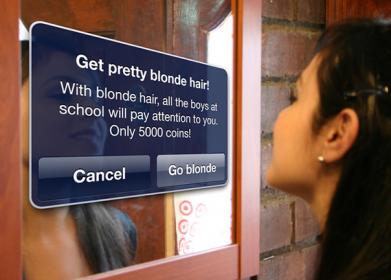
"These industries know customers are more likely to buy when they are:
- In a state of heightened competitiveness
- Cognitively drained (e.g., by a fast-paced challenge)
- A kid who hasn’t personally earned the money they are spending
- Using an intermediary currency (e.g., poker chips, in-game “coins”)
- Building an attachment to something before they’ve learned the price
- Already invested time, money, or effort into something
Unsurprisingly, free-to-play game creators weave these conditions into the very fabric of their games. To boot, game creators benefit from people’s natural overconfidence bias, whereby players irrationally overestimate their ability to succeed in a game without the aid of in-app purchase.
These conditions are why we hear stories of kids who racked up thousands of dollars to their iTunes bill, or why Apple agreed to pay $100M to parents of kids who in-app-purchased a hole in their parents’ wallets. While kids are often the victims of aggressive tactics in free-to-play games, adults are hardly immune."
Here Come New Monetization Ideas for Gaming App Akinator The Genie by Alexander Kuznetsov - Link

"A lot of people get hooked on Akinator the first time they use it. But after a week or two, users barely touch the game because there is nothing new to do. There is nothing that motivates the users to keep challenging the genie, or other tasks given to the users.
By setting in-game goals, Akinator can give users a reason to come back every day…"
Designed to Win: How to Monetize Mobile Users & Enhance Experience in Your Game by Kira Sparks - Link

“Advertising is noise,” says Pilawski. “In America we are seeing 5,000 ads a day. On the way here, I counted 11 billboards. We all learn to ignore it.”
The same goes for online advertising. Though the first-ever banner ad saw an illustrious 74% click-through rate in 1994, just 20 years later, CTRs plunged to an abysmal .05%.
“People just learn how to ignore every new type of advertising,” said Pilawski.
But when it comes to gaming, people can’t just ignore something that pops up and disrupts gameplay. Instead, that avoidance turns to irritation.
“To make money, you can’t sacrifice your game’s mobile UX because no one will download it after negative reviews.”
Great article about monetization statistics for mobile games by gamasutra.
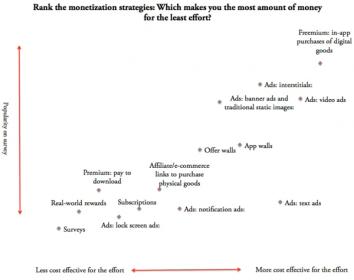
“in-app purchases of digital goods and interstitial ads to be the most effective form of monetization for games, and they’re also most likely to use them to monetize their games.”
5 Reasons to Soft Launch Your Mobile Game by Nathan Meunier - Link

"Everyone knows that making a big splashy launch for your mobile game can be a great way to generate momentum, press, and sales right out of the starting gates. But sometimes there’s greater value in letting your project breathe out in the wild before you make your massive PR push.
One benefit of soft launching your game is that it can increase player retention rates by 5-10% or more, especially if you let it out into the App Store for a period of at least a month or longer. Beyond that, it also provides invaluable data to help you ensure you’re maximizing your potential for a mobile hit.
But how do you know when soft launching your game is the right approach to take for your specific project? Here are some of the other core benefits of quietly releasing your mobile game ahead of a more formal launch cycle."
iOS Apps Still Make A Lot More Money Than Android by David Bolton - Link

“If you are an app developer that wants to equate the cash you get with the number of downloads, then focusing on iOS ahead of Android might be the way to go. If you really want your app to make money, then building one that delights the Chinese is almost as important.
The third quarter financial review of the global apps economy by market intelligence firm App Annie shows that the revenue derived from the App Store is around 80% higher than earnings from apps on Google Play, despite the latter recording 90% more downloads overall. Anyone with a passing interest in the concept of supply and demand might find this slightly odd … developer builds app, submits app, app is downloaded, app brings in revenue and developer repeats as necessary.”
7 growth hacks to maximize the reach of your mobile app by Alex Jubien - Link
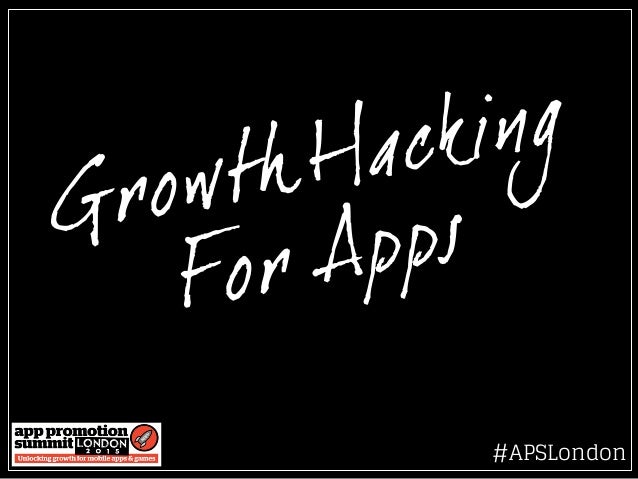
“Hack your existing marketing chanels: Deep linking is more and more an essential factor to leverage all your existing marketing assets, and is the ground to quite all other growth hacks for mobile apps. There are now many deep linking solutions providers: Tune, AppsFlyers, Adjust, URX, Deeplink.me, AppUrl, Tapstream… Some actors like Branch even use deferred deep linking to do quite advanced magic on personalization (more on that later)”
Thanks for sharing this great sftuff.
10 Step Checklist For A Mobile App Onboarding Process That Will Get You A Second Date by Logan Merrick - Link

"The first time a user launches your app is like the first time you meet an investor.
You need to make a fantastic first impression.
No one doubts how important user experience is for mobile apps – we all know we should be building products that are intuitive to use!
However, the chances are that a completely new user won’t be able to open your app and instantly know how to use every important function.
You need to show them round, providing them with a roadmap that pushes them to complete the actions that you have identified as most valuable to meeting your KPIs.
That’s where customer onboarding (or ‘walkthroughs’) comes in.
This post will run you through the best practices you need to know for an intuitive customer onboarding process in 2015."
How To Write A Great Mobile App Description by Ning T.- Link
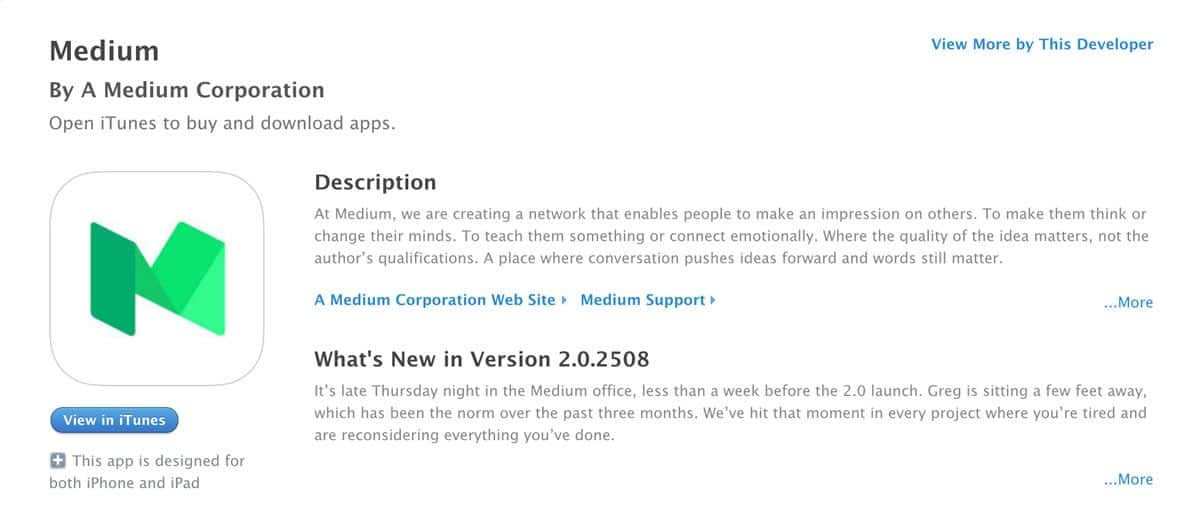
“Focus on the main value proposition of your app. Be sure to speak to your target users, to address the user problem and to strike an emotional chord with the audience. A good way to learn how to write for the Apple App Store is to turn to Twitter. If successful punchlines can be doled out in 140 characters, great app descriptions can be delivered in 255 characters. In this case, it just takes practice. Here’s a great example of an Apple App Store description by Todoist.”
Meet 3 Indie Devs Who’ve Found Repeated Mobile Game Success by Chris Morrison - Link
"Mobile game development is a long-odds race for anyone, whether you’re an established publisher or an industry newcomer.
A common estimate of development success is that just 1 out of every 10 games are actually profitable. On mobile, the ratio of success-to-failure could easily be much lower. iOS alone sees 500 new releases per day, while the top charts barely budge over weeks, even months. Needless to say, tales of failure abound.
But does everyone live under the same law of averages? I asked three developers who have had an unusually high success rate to weigh in — and to share the factors that they felt contributed most to their wins."
Don’t Let Ads Kill Player Retention by Nate Barker - Link
"Are ads hurting my player retention? It’s a question most devs ask. And there’s no right answer.
Obviously, we think the definitive answer is not, but could you blame us? Turns out there’s some grey area, though. Devs who use ads as part of their monetization strategy should look at the behavior of their players through retention data to make some educated decisions about how and when they show an ad. If done right, ads can be beneficial to both retention and monetization."
Mobile Gaming And The Pyramid Of Scarcities by Sameer Singh - Link

"This particular study focuses on scarcity-driven monetization opportunities available to developers of free-to-play (F2P) games like Candy Crush Saga, Angry Birds, etc. As shown in the image below, the scarcities created by F2P games can be segregated into 3 categories, in order of increasing scarcity (or decreasing availability) – 1) Induced Scarcity, 2) Scarcity of Goods, and 3) Scarcity of Time or Access. "
UX Designers Can Learn From Game Design and Gamification by Vanissa Wanick - Link
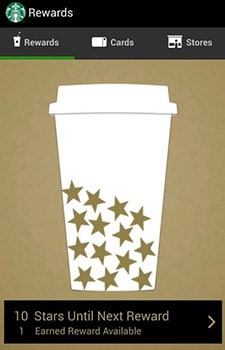
“Games are voluntary and engaging activities, created around rules, goals and achievements, which in the end it’s related to motivation, giving a purpose to the player. In this context, rules could function as the mechanics of the game. It is clear that without rules, things won’t function well and we could say goodbye to the pragmatic attributes of the product character.
In gamified systems, rules are very important. Some authors give as example loyalty programs. The rules are clear: you consume, you earn points and you can exchange for something that could be tangible, or a lovely reward. So, if we think in terms of the experience of the user, the rules will determine the user’s touch points in a journey.”
Gamification Recipes for Award-Winning Mobile Apps - Link

“Gamification. This term is on everyone’s lips these days. But it’s not just another annoying buzzword, it’s a trend that simply blew up the business community a few years ago and is only going to grow in its importance any time soon. Literally, gamification is a milestone to building a mobile app which your users will enjoy. Let’s try to point out how gamification adds value to mobile apps and what the developers should do in this respect”
Design driven in app purchases creating sustainable monetization by Oscar Clark- Link

“Over the last 4 years, the reported ‘typical’ paying player appears to have dropped from 3-5% of total downloads* to a mere 1-2%. This isn’t a smoking gun and there is a lot of conflicting evidence, but when you consider the improvements in data analysis to aid retention and the huge increased marketing spend from games at the top, I believe it’s worth taking another look at how we can develop a more sustainable approach to game monetization.”
3 Ways to Think Differently About Mobile Game Monetization by Nate Barker - Link
"While the current dominant business model for free-to-play mobile games is to combine in-app purchases with advertising, 26-year-old WINR Games’ founder Jeremy Zuckerman is taking a different tack: rewarding players with cold, hard cash.
His free-to-play game Big Time works like a lottery, incentivizing users with virtual raffle tickets (rather than, say, coins). Every week, one ticket is chosen — and a player wins the week’s “pot,” usually around $1,000. Gutsy? Definitely. A foolhardy experiment? Maybe.
But it’s also indicative that mobile game developers are starting to think (way) outside the monetization box. And the one thing that’s certain about this business is that things can change on a dime.
Here are three next-generation models starting to attract attention in the mobile game community — and our predictions about their ultimate viability."
Nice article, I have been looking at the Big Time app(WINR Games) for a while and always have been wondering if it’s falling under Google’s policy about gambling:
Gambling: We don’t allow content or services that facilitate online gambling, including but not limited to, online casinos, sports betting and lotteries, or games of skill that offer prizes of cash or other value.
I understand that they don’t give cash to the user who has won most of the tickets, however having lots of tickets will give higher probability to win in the prize draw. Does this mean that such a system can be implemented in an casino game where the users get tickets if they win on slots games? And of course still be compliant with Google’s policy))
the specific area seems quite grey around Google Policies. Google selectively seemed to apply such policies in the past but not in general. I do not think that the ticketing system on slots would be considered non compliant. Online mobile casino industry and other gambling related concepts and techniques are one of the biggest sources of revenue in the industry (and of course for Google too) and they are quite difficult to be constrained or eliminated by the store policies in the near future in my personal opinion.
Increase App Downloads With a Great Description - Link

"You can have a great app, an amazing logo design, and outstanding screenshots followed by a video produced by the best, but if there is a lot of competition around your “app type” or frequently-used keywords, you might not get much visibility.
To increase your app’s visibility, try finding keywords niches (synonyms, for example) aside from the popular ones in your category; it is better to be into the top results of a less searched term than low in the results of a top-searched term."
















